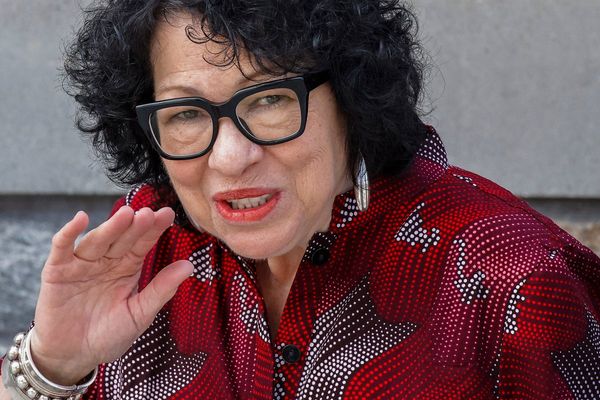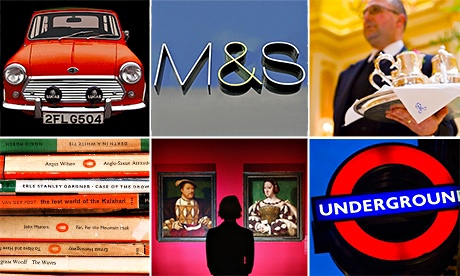
Marks and Spencer: Belarusian bargain-hunters
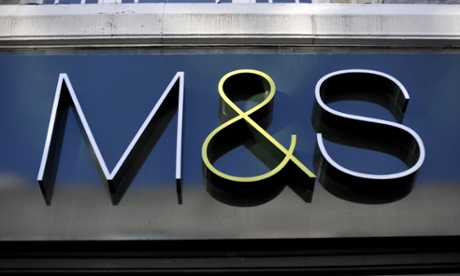
There might be nothing more British than a pair of M&S pants, but the origins of the company that has clothed the nation’s nether-regions for more than a century began in eastern Europe. Michael Marks, co-founder of the food and clothing empire, was born into a Belarusian Jewish family in the town Slonim, and emigrated to Leeds in the 1880s. Striking a deal with a Leeds warehouse owner, Isaac Dewhirst, Marks began selling Dewhirst’s goods in nearby Yorkshire villages and soon built up enough capital to establish a stall in Leeds’ Kirkgate market. “Don’t ask the price, it’s a penny,” declared the no-nonsense billboard of Marks’s Penny Bazaar, which opened in 1884 to the acclaim of northern bargain-hunters. Teaming up with Dewhirst’s savvy bookkeeper, Tom Spencer, it wasn’t long before the duo had established a network of outlets across the north of England and beyond, with 36 branches by 1897, when Marks was naturalised as a British citizen. His son Simon continued as chairman from 1916 to 1964 and transformed the company into the largest and most profitable retailer in Britain.
Penguin book covers: migrant modernists
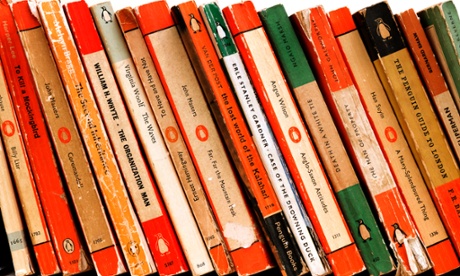
These pocket-sized icons of graphic design, which have come to represent the pinnacle of 20th-century British typography and illustration, were the work of three hugely talented emigre designers: German typographer Jan Tschichold, Italian art director Germano Facetti and Polish designer Romek Marber. Denounced by the Nazis as a “cultural Bolshevist” for his modernist leanings, Tschichold fled to Switzerland in 1933 and came to London in the 1940s, when he joined Penguin. He established a strict set of composition rules in 1947, which would define the publisher’s “three stripe” brand identity for the coming decades – since emblazoned across innumerable T-shirts, mugs and tea towels. Facetti, who had worked for the voguish Domus magazine in Milan, became Penguin’s art director from 1961 to 1972, and brought an infallible instinct for choosing an image that could define the essence of each book. He had an eye for commissioning the best young illustrators and designers of the era, including Marber, who had cut his teeth designing striking black and red covers for the Economist. The “Marber grid” became Penguin’s most enduring template of all, marshalling title and author to the top of the cover in the bold Standard typeface, bringing a crisp Swiss style and freeing up the rest of the page for the famously evocative illustrations.
Royal portraits: German grandeur
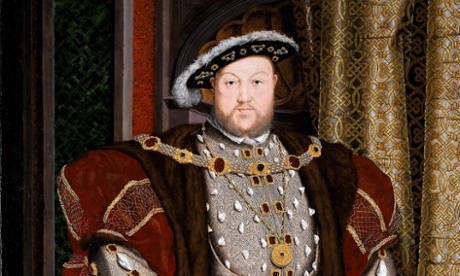
Five hundred years before the moody candle-lit scenes of Wolf Hall flickered dimly into the nation’s living rooms, prompting impassioned calls for the introduction of electric lighting, the brooding atmosphere of the Tudor court was captured by depictions of a different kind. It is thanks to German painter Hans Holbein that BBC directors knew how to cast the Machiavellian Thomas Cromwell and that we know quite what a bloated meathead Henry VIII was. First arriving in England in 1526 with a recommendation from Erasmus, Holbein found favour in the humanist circle of Thomas More, where he quickly built a high reputation for his ability to render a striking level of realism. After a period in Basel, he returned to London in 1532, working for Anne Boleyn and Cromwell to become the King’s painter by 1535. He thrived off Henry VIII’s grandiose programme of artistic patronage, producing designs ranging from intricate jewellery to monumental frescoes and attendant Reformation propaganda. The HDTV of 16th-century Britain, his assured precision and piercing penetration of character remains unsurpassed.
The Mini: supremo from Smyrna
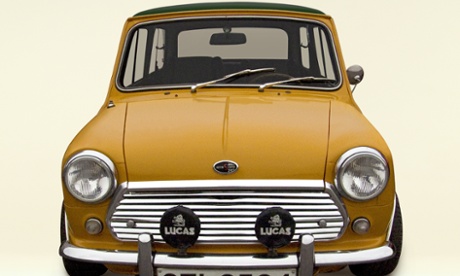
The cheeky car of choice for everyone from Steve McQueen to Mr Bean, the Mini captured the optimism of mischief of the swinging sixties and became the best-selling British car in history, with a production run of 5.3m. It was the brainchild of one of the most original car designers of modern times, Alec Issigonis, who was born into the Greek community of Smyrna, now Izmir, in Turkey in 1906, and came to Britain in 1923. “When you’re designing a new car for production, never, never copy the opposition,” was the motoring maverick’s motto, and the Mini was unlike anything seen before. It was developed in response to the influx of German bubble cars, which had been noted with disdain by captain of the British car industry Leonard Lord, who instructed Issigonis to design a “proper” small car to “drive them off the streets”. By flipping the normal front-to-back location of the engine to side-to-side, he saved so much space that it was possible to accommodate a four-seater car on a tiny, easily parkable chassis. But passenger comfort wasn’t so high on the agenda. Issigonis despised such “luxuries” as radios and comfortable seats, concerned that drivers should remain alert at all times. “I would like people to sit on nails,” he once said, “to be extremely uncomfortable all the time.”
Tea at the Ritz: Swiss style
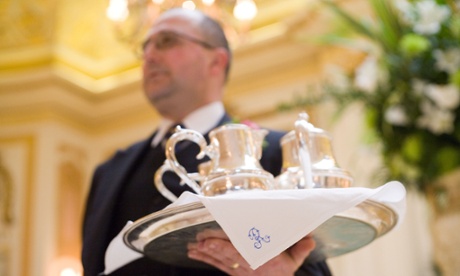
With its silver service and crustless cucumber sandwiches, it might be the epitome of refined English elegance; but the Ritz hotel on Piccadilly in London was the invention of the Swiss hospitality impresario César Ritz, the “king of hoteliers and hotelier to kings”. Having worked his way up through the restaurants and hotels of Paris in the 1870s, he began his “years of wandering in the wake of a migratory society”, waiting on the fashionable travelling set from Nice and San Remo to Lucerne and Locarno. Then he set his sights on Britain and put together “a little army of hotel men for the conquest of London”. First he transformed the Savoy, then he opened the Ritz in 1906, an institution that would transform expectations of service. It was one of the first steel-framed buildings in London, bursting with modern innovations, from bathrooms for every bedroom to double glazing and mechanical ventilation, not to mention the shiny brass beds. It went on to host kings and queens, Hollywood stars and the wartime meetings of Churchill, de Gaulle and Eisenhower – as well as the final days of Margaret Thatcher.
London Underground: American audacity
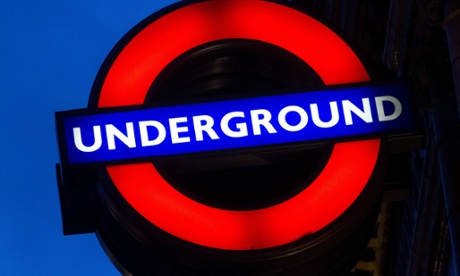
Its red and blue roundel is as synonymous with the British capital as the black cab and double-decker bus, but the man who first forged the London underground network is little known in the city today. The American financier, ex-convict and all-round robber baron Charles Yerkes arrived in London in 1900, then the world’s largest city, teeming with 6.5 million people, and saw a business opportunity. Three underground lines were already up and running, but plans for further lines had stalled due to lack of cash. Yerkes established the Underground Electric Railways Company and, with the backing of American investors, quickly took control of the entire network through a serious of devious manoeuvres, described by rival bidder JP Morgan as “the greatest rascality and conspiracy I have ever heard of”. He wouldn’t live to see his lines up and running, but by the time the first world war broke out, his firm controlled all but one of the city’s tube lines, all three tram companies and the main bus operator. As a contemporary newspaper put it, he was the man “who revolutionised our old-fashioned methods of going to and fro”.

